The Dark Art of Language Arts
Teachers use absurd prompts to improve argumentative writing skills
“Dark Arts” essays range from a variety of topics that not the typical person would argue in favor of. Some include arguing for a one-child policy in the United States, allowing multiple spouses and the justification of mass murder. “We try to come up with prompts that almost nobody would agree with, so that they are forced to come up with an argument using those powers of persuasion,” language arts teacher Jeffrey Landow said.
February 28, 2022
A key component of the Advanced Placement Language and Composition course is the construction of a sound argument. Throughout the year, students are instructed to write essays with either chosen or assigned prompts. Although most of the student argumentative essays lie within the realm of common sense, one assignment goes against the trend.
For this assignment, language arts teachers Jeffrey Landow and Jennifer Pautz give each student a claim to argue. What makes this assignment unique is the claims are things that no typical student in modern society would believe. Examples include: We should all be required to eat dogs and cats, the U.S. should invade Portugal, and people should only marry within their ethnic background.
The assignment is known as the Dark Art of Rhetoric Essay, or simply the Dark Art Essay.
“The purpose of the essay is to explicitly get students to argue something outside of their comfort zone,” Landow said. “It’s not that hard once you have the tools in your toolbox to make a persuasive case for something that you already believe in. The trick is, can you, like a lawyer or a politician, spin the facts in such a way that you are able to present a plausible case for the opposing side, something you do not personally believe in.”
The assignment was first created after the AP exam for the course was updated to include a new kind of essay. After the update, Landow and Melissa Noel, a language arts teacher who previously worked Lafayette, brainstormed ways to prepare their students for the essay.
“We were trying to come up with ways to get students to argue both sides of the prompt. So we thought to ourselves: we should come up with a prompt where the students are required to argue something on the opposing side, something they probably wouldn’t agree with,” Landow said.
Landow has updated some prompts overthe years, but he has noticed a mostly positive student reaction to the prompts and the assignment in general.
“I update them every year, but they’re fairly standard. But I’ll add new ones, like when [The Avengers: Infinity War] came out, and I added: ‘Thanos was right’. If I find a good one, I’ll add it,” he said. “I have found that the legend of this essay has lived on through the years, and so students tend to have a sense of what it is. Usually, I do find engagement to be up, and I usually do find students pretty excited about it.”
Senior Ayesha Muhammad was assigned the prompt of defending what Mr. Landow calls “Landow’s Law,” a rule that people should not touch drugs, alcohol, or other people until they reach the age of 30. The broad scope of the prompt inspired Muhammad to create an extensive essay.
“I could’ve written an entire essay on just drugs, or just alcohol, or just touching other people before the age of 30 and that’s, embarrassingly, exactly what I did. The page limit was four pages; mine ended up being 13,” Muhammad said.
Muhammad admits the essay could have been shorter, but she ended up developing a passion for the argument.
“I basically had to combine three different essays on different topics and connect them together. I probably could’ve made it shorter if I wanted to, but there were just so many points I could make about each aspect of my prompt,” Muhammad said.
Junior Hunter Song said she has mixed feelings about the assignment.
“It is a necessary project for learning how to be a good arguer and writer but I hated my prompt,” Song said. “My prompt was [that] people wishing to get married should get married to their own ethnic background, I was a little shocked by it.”
While he was initially taken aback by what he would have to argue, Song eventually formulated his essay.
“I didn’t think I would ever have to argue for that,” Song said. “I argued on the basis of birth defects and fragility of interracial marriages. It was not the strongest argument but I made it work.”
Song was particularly sensitive to the prompt given his own mixed-race background, but he still admits the the assignment was useful for developing his skills in the class
“I really did not enjoy this essay because I was just writing bigotry the whole time, and I was strongly against what I was arguing for. However, it did let me learn a lot about defending things I do not like defending,” Song said.
Despite the absurd prompts, Landow says some students manage to construct unexpectedly clever arguments.
“It’s rare, but when students can do it, I find that to be the most impressive because a big part of learning how to argue and debate is learning not just how to be persuasive, but how to reframe an issue so that you are on winning ground as opposed to losing ground,” he said.
Landow believes the assignment is ultimately beneficial to students, especially those entering certain fields.
“I hope I’m giving students an evil superpower. Students’ minds come up with these really creative, clever ways of twisting or spinning the prompt. That, to me, is like what this whole paper is about. It’s so freaking fun, Landow said. “But seriously, if students are applying for law school, or really just any kind of future major or profession where they’re going to need to really be nimble with their thinking, I think this is a great essay to prepare for that.”



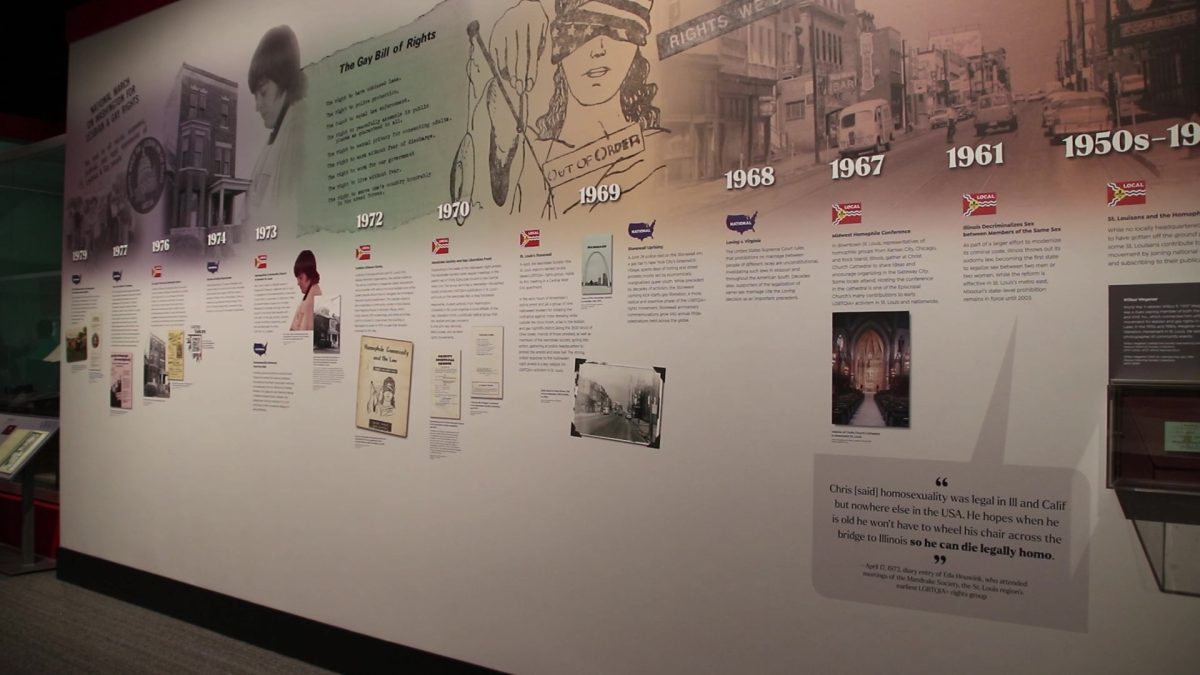
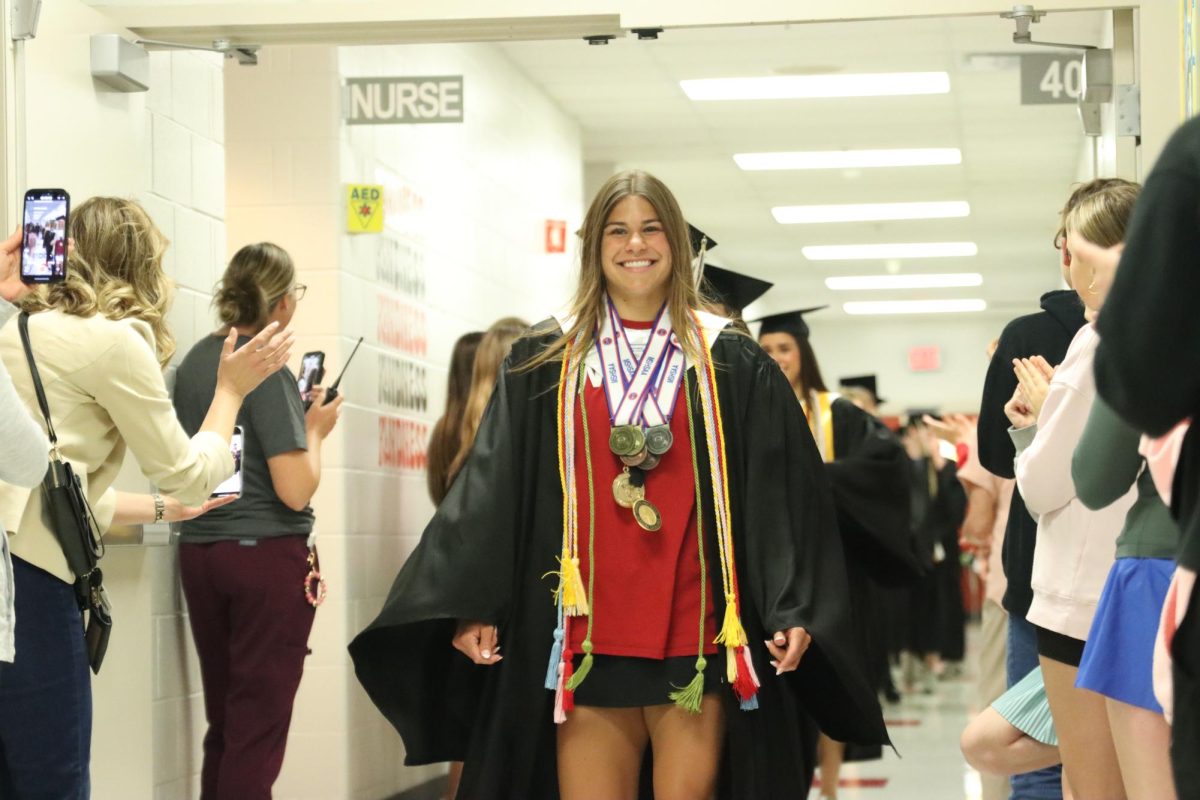
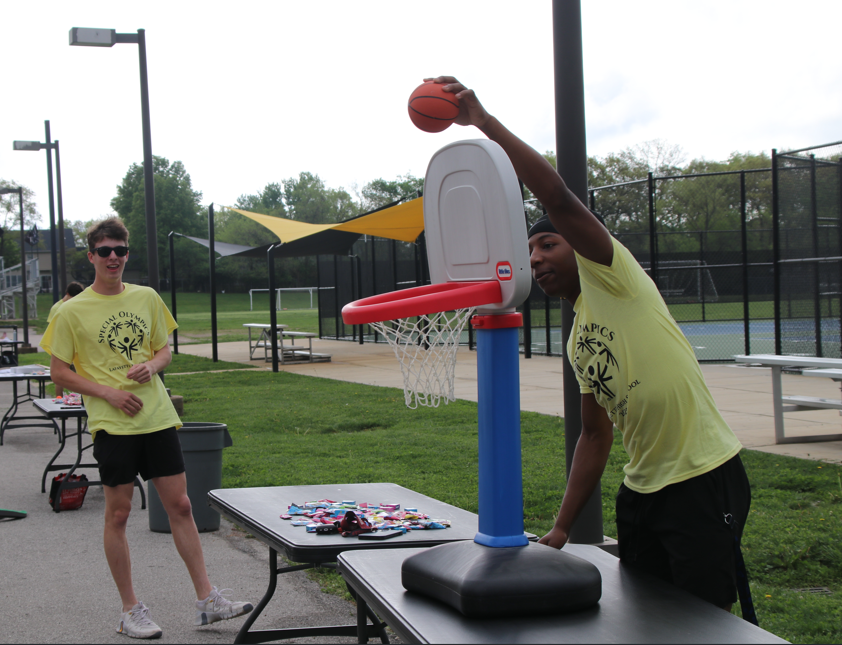
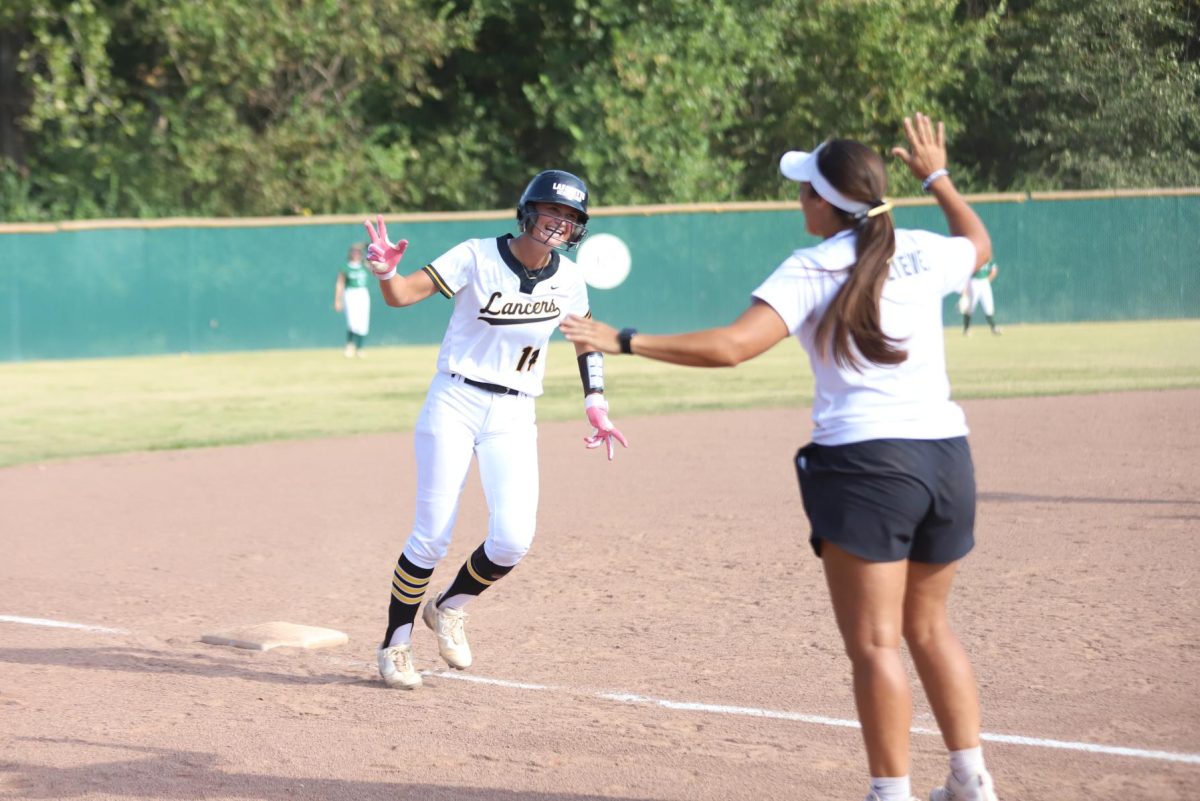

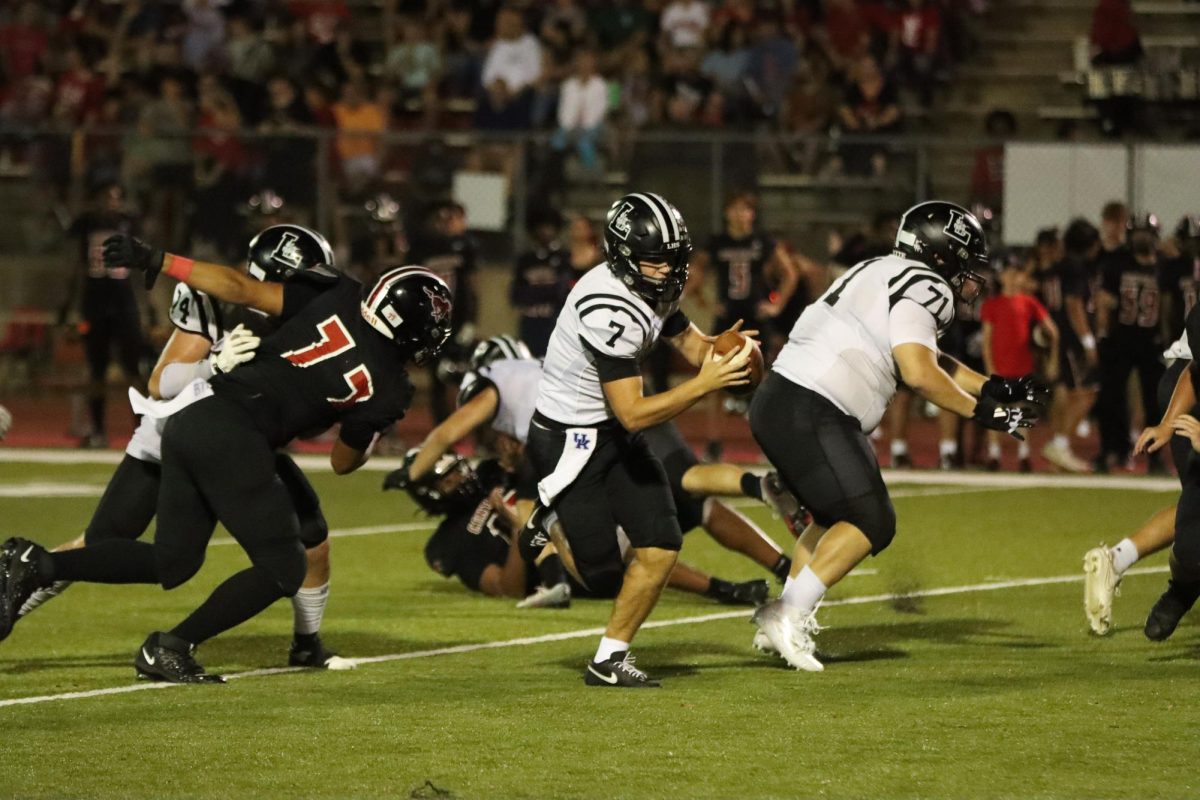
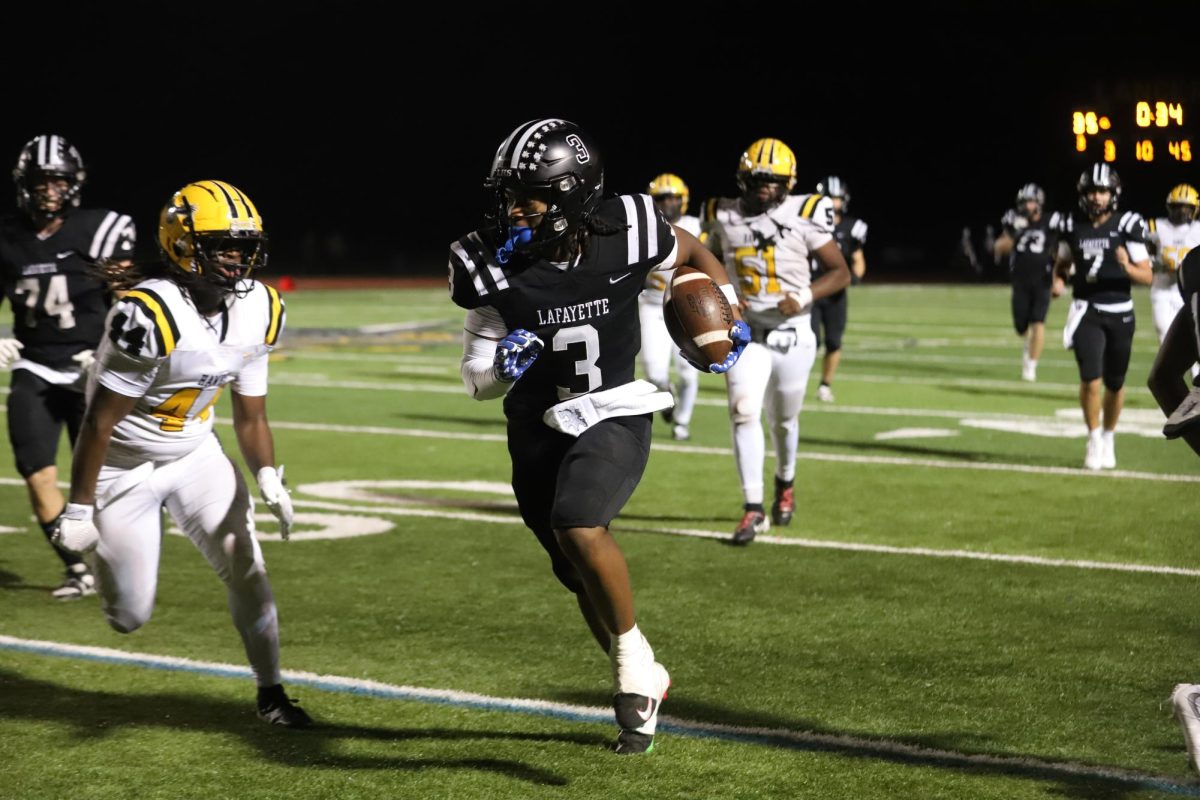
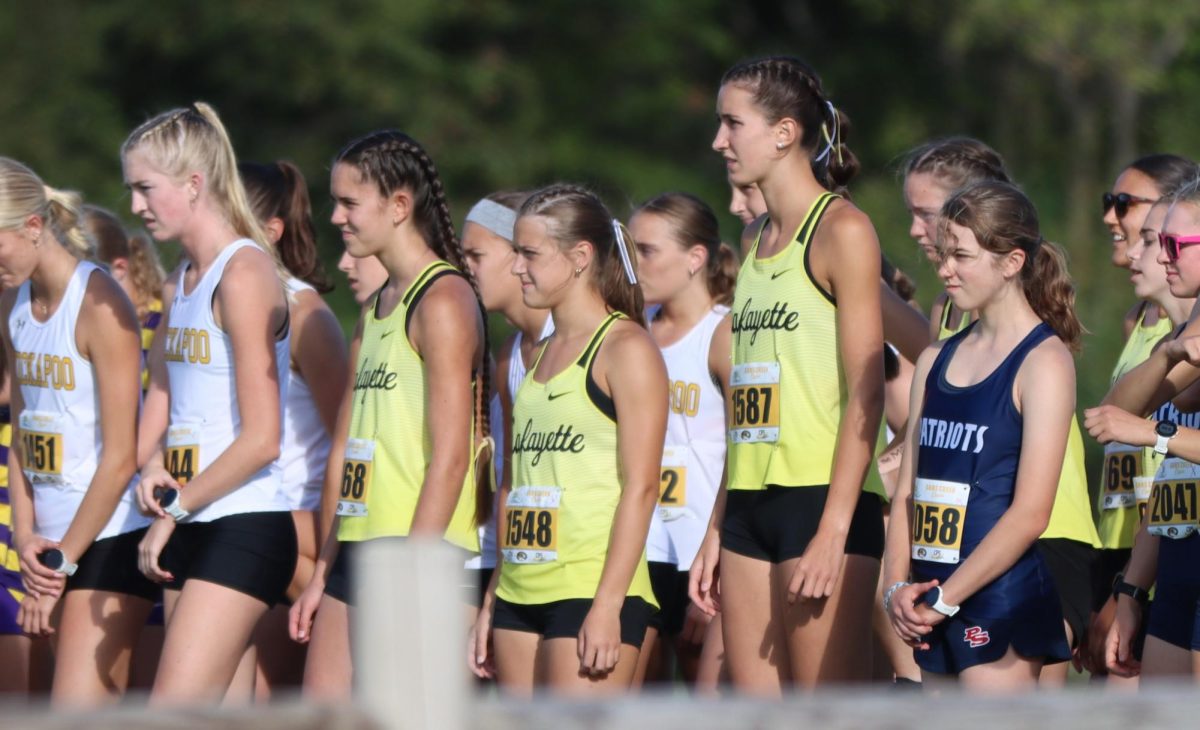

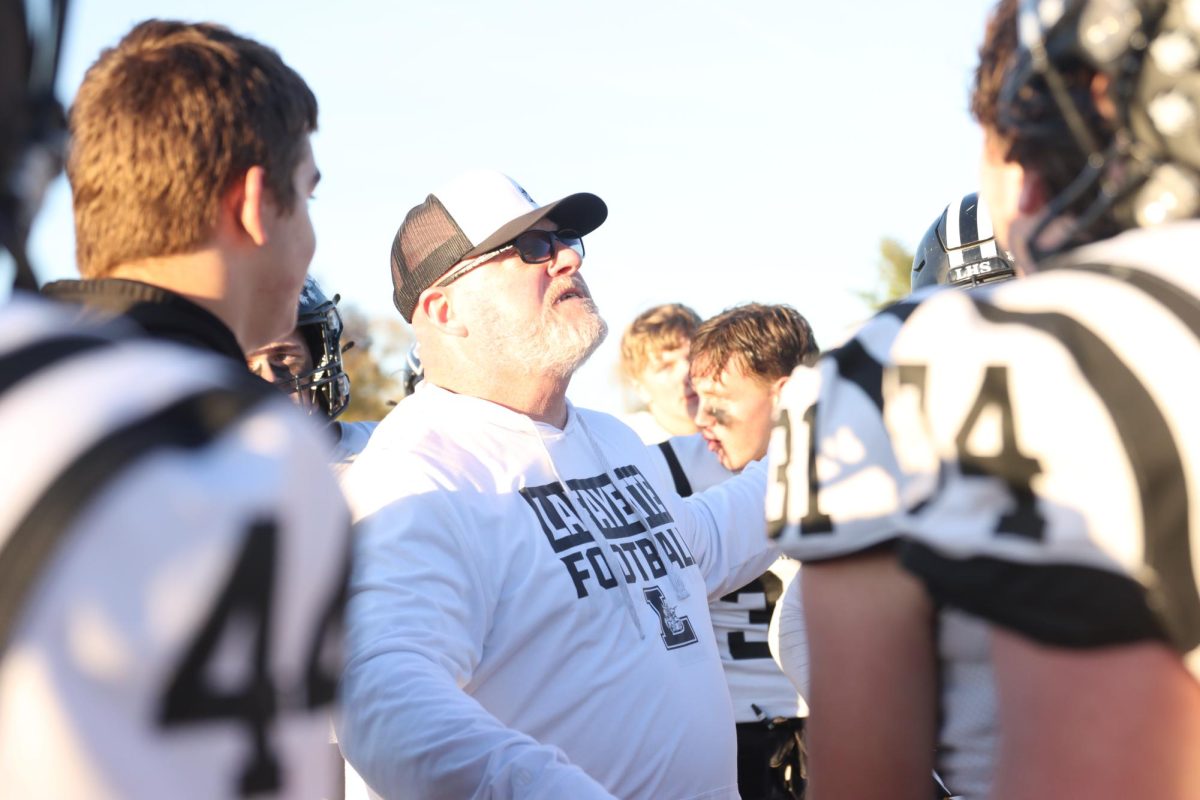
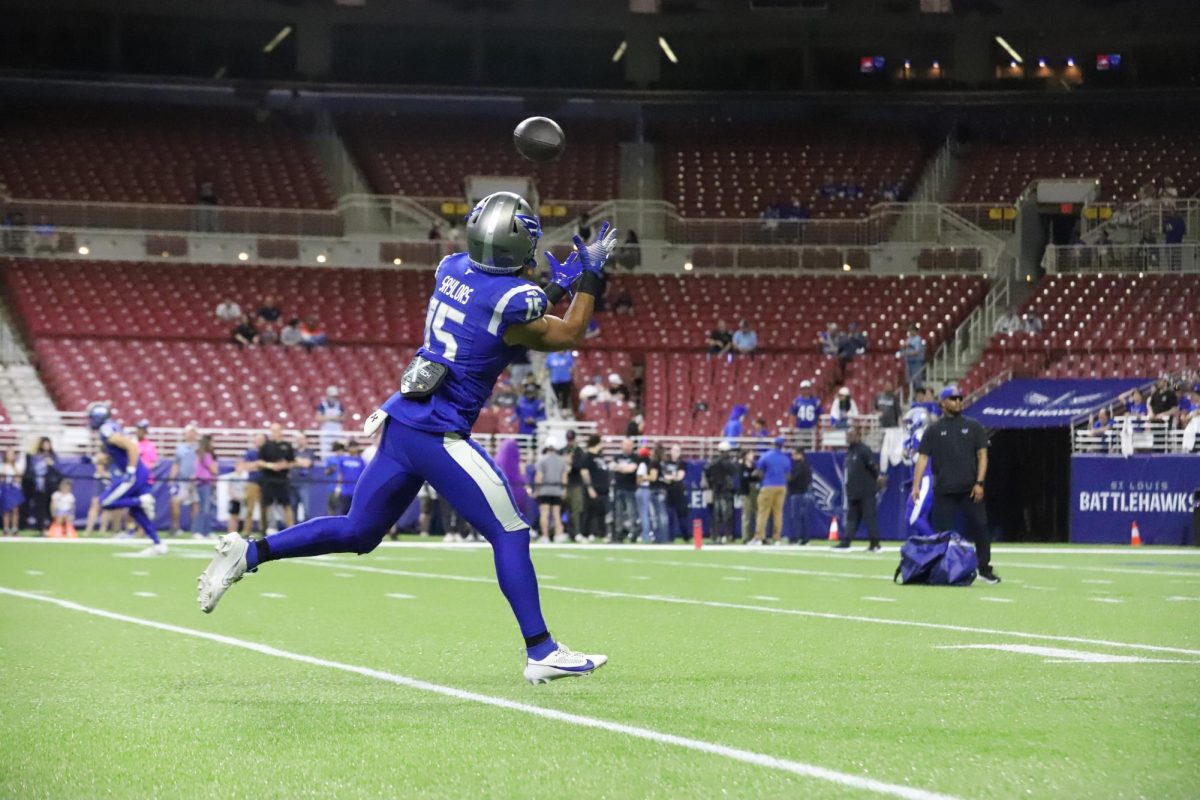
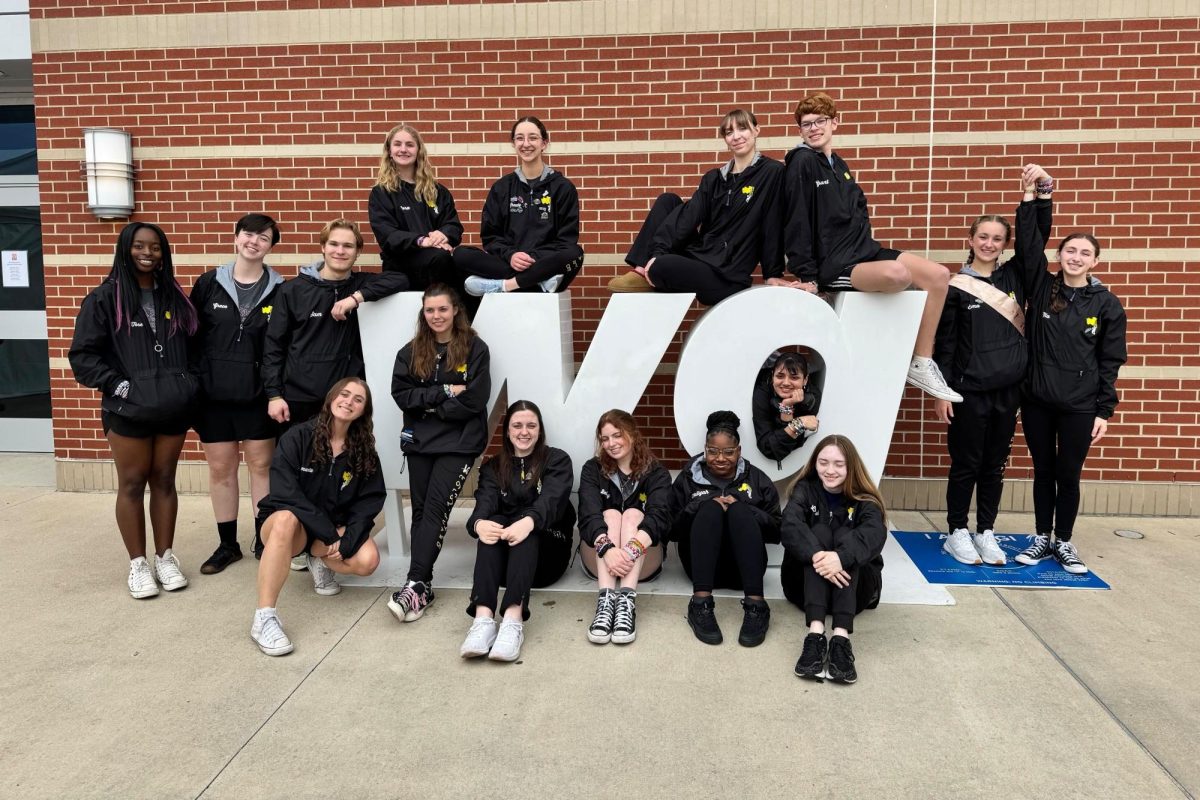
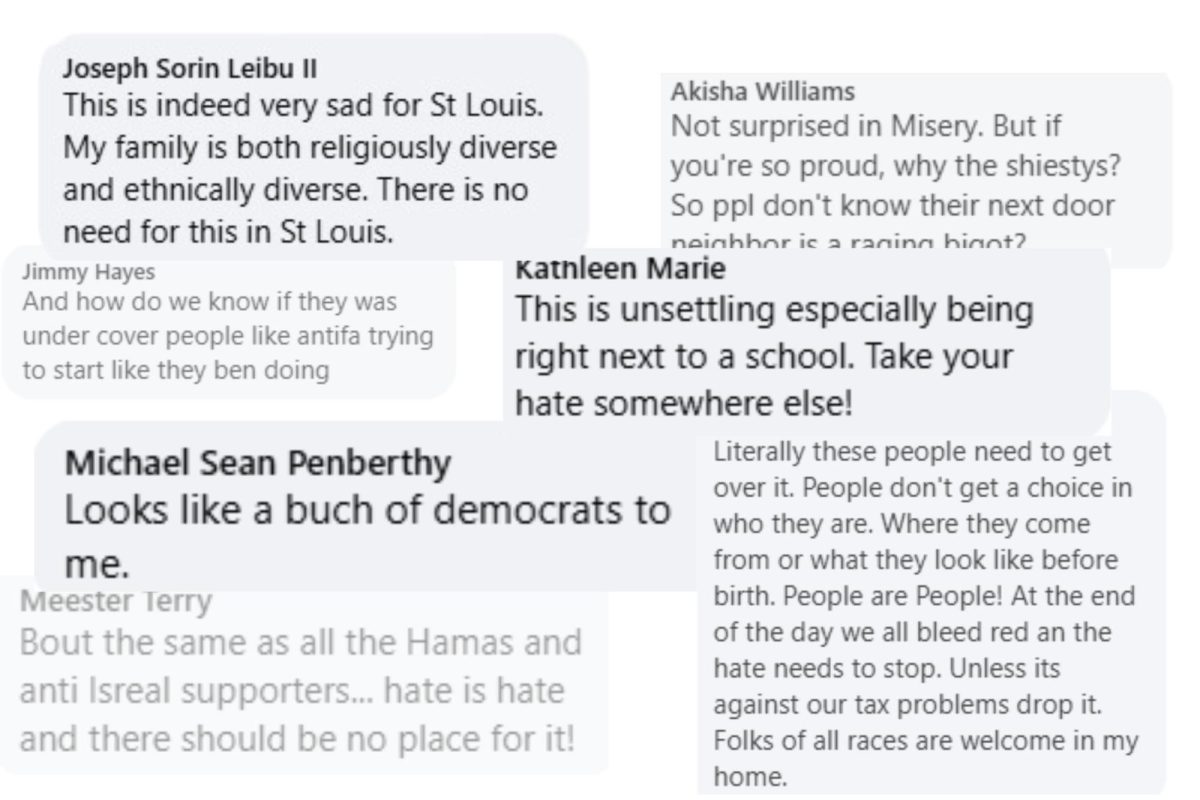

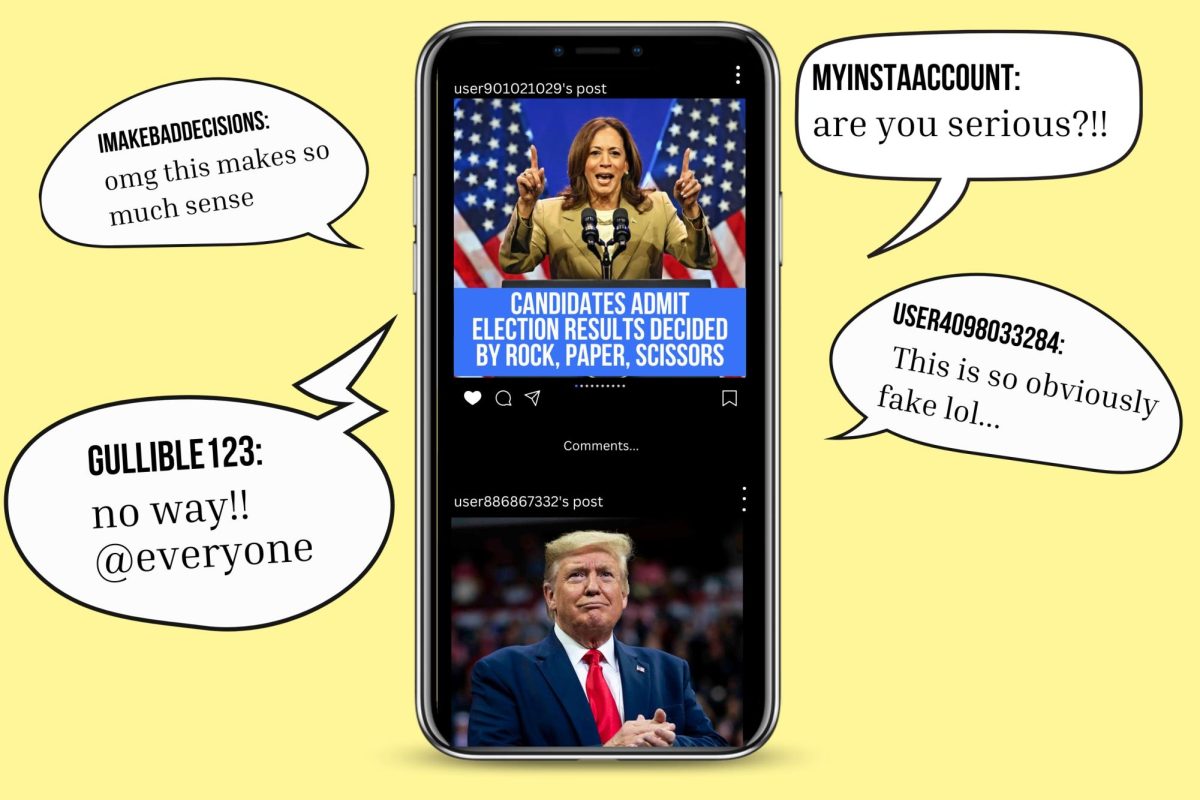


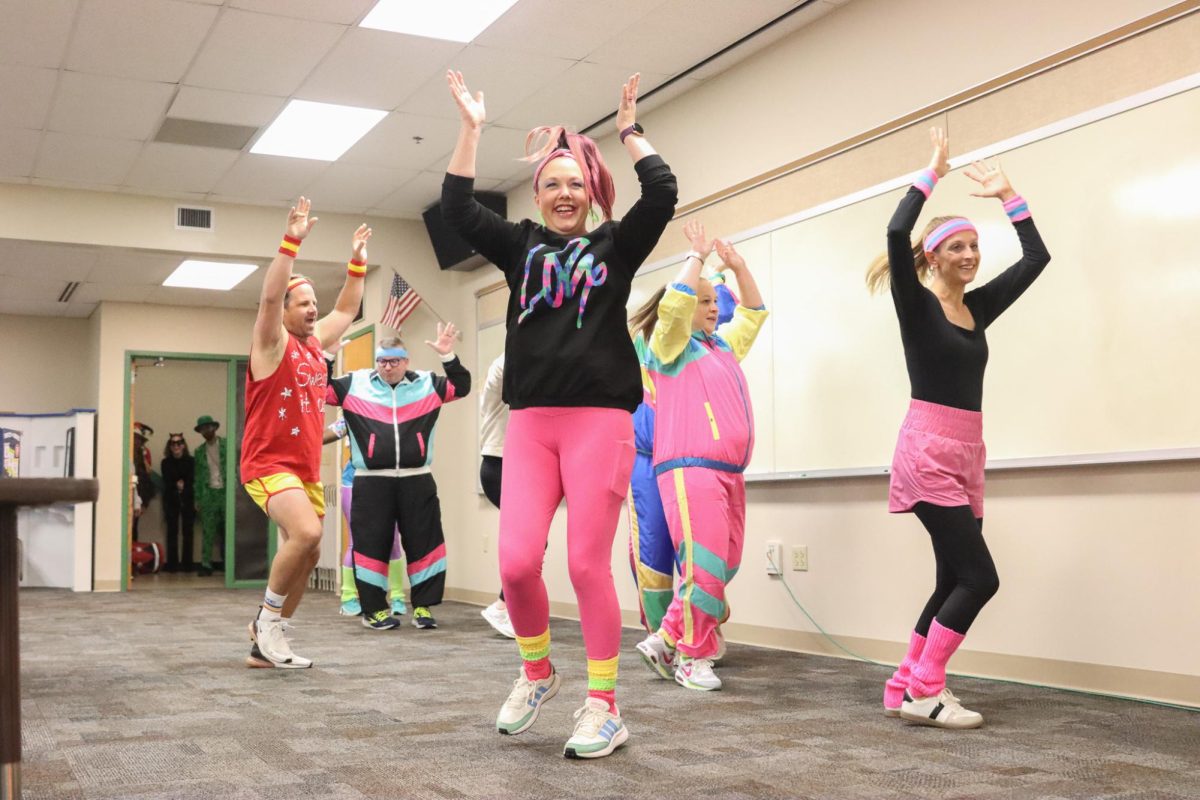
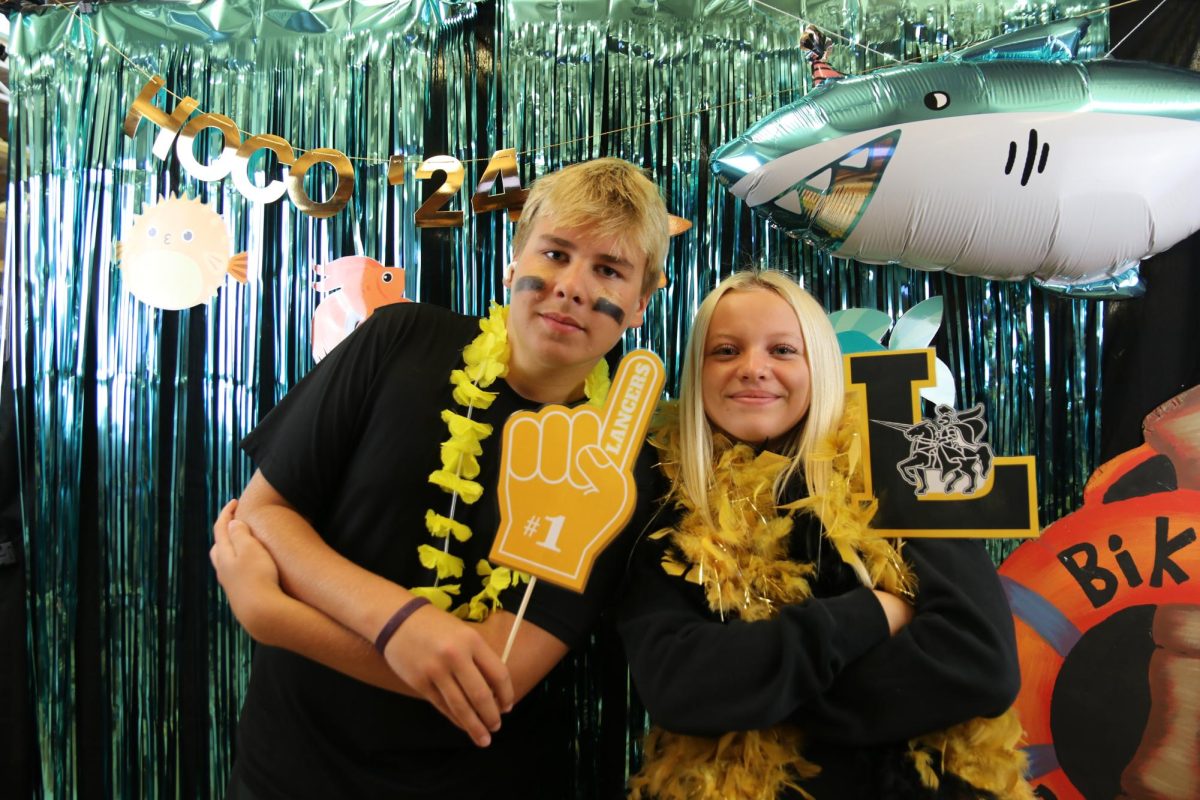
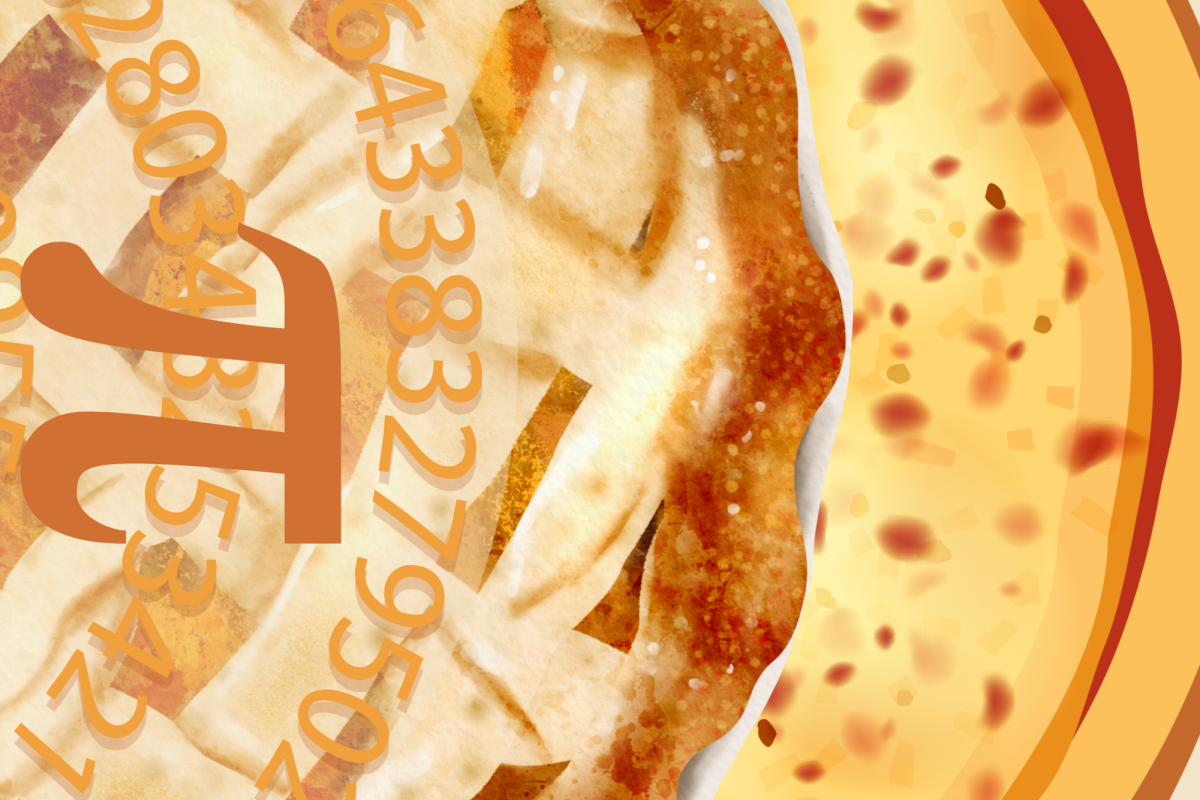
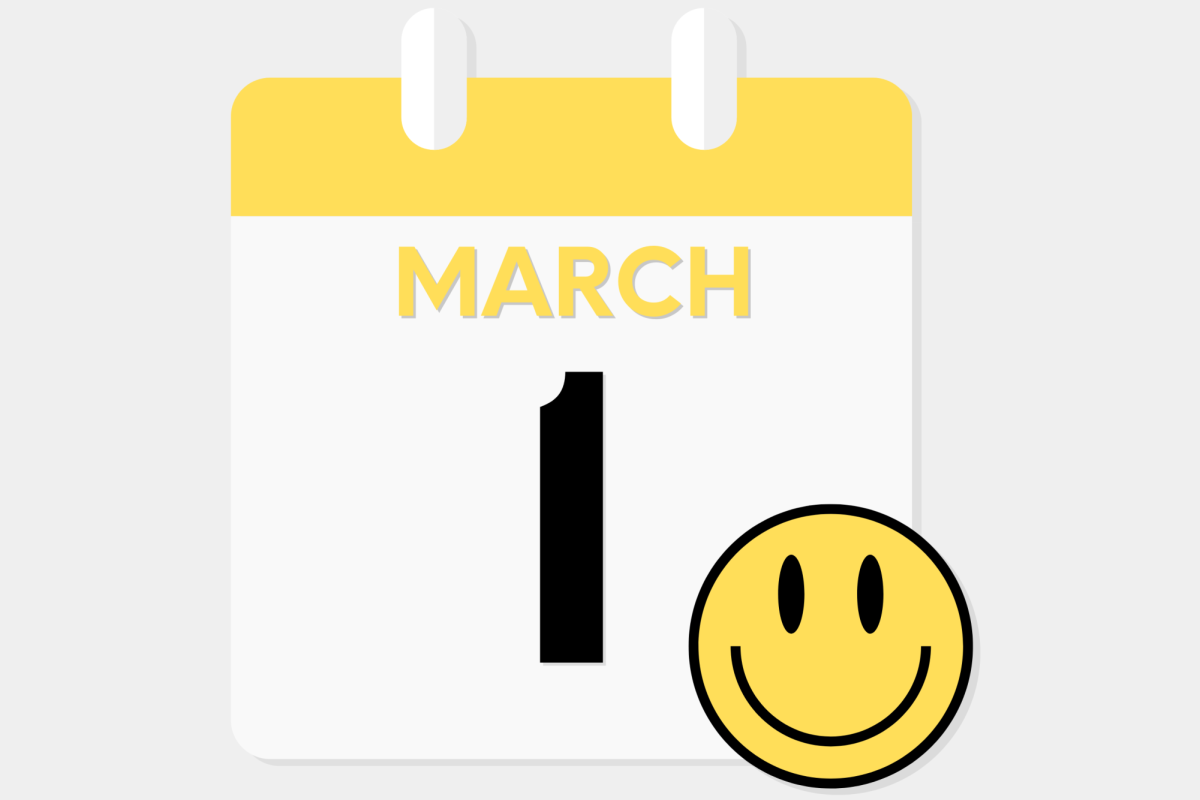
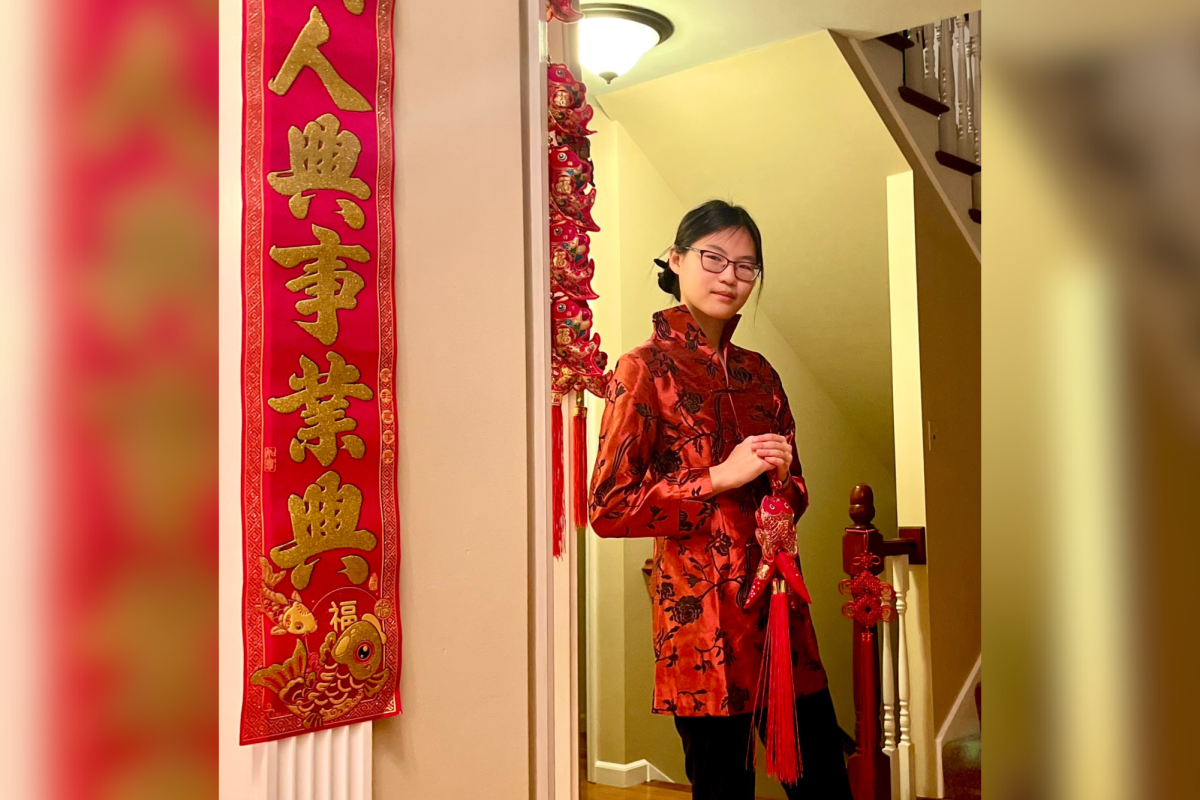

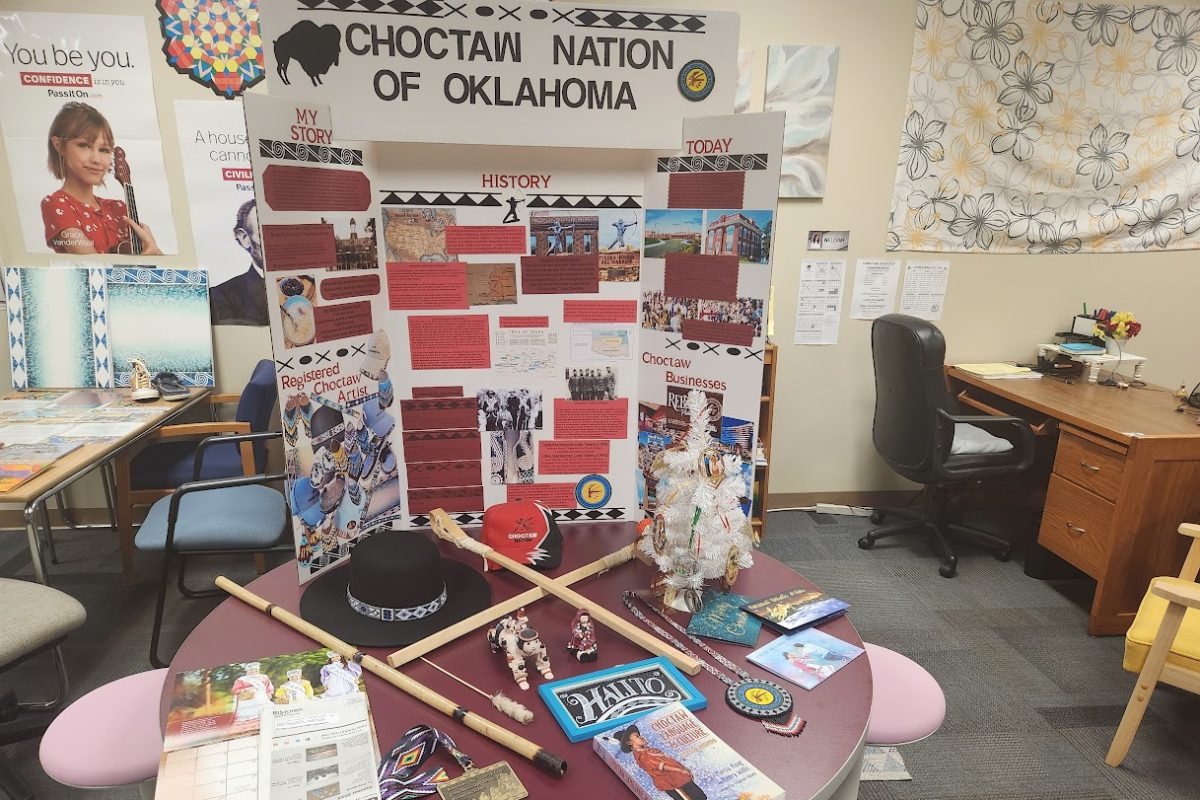
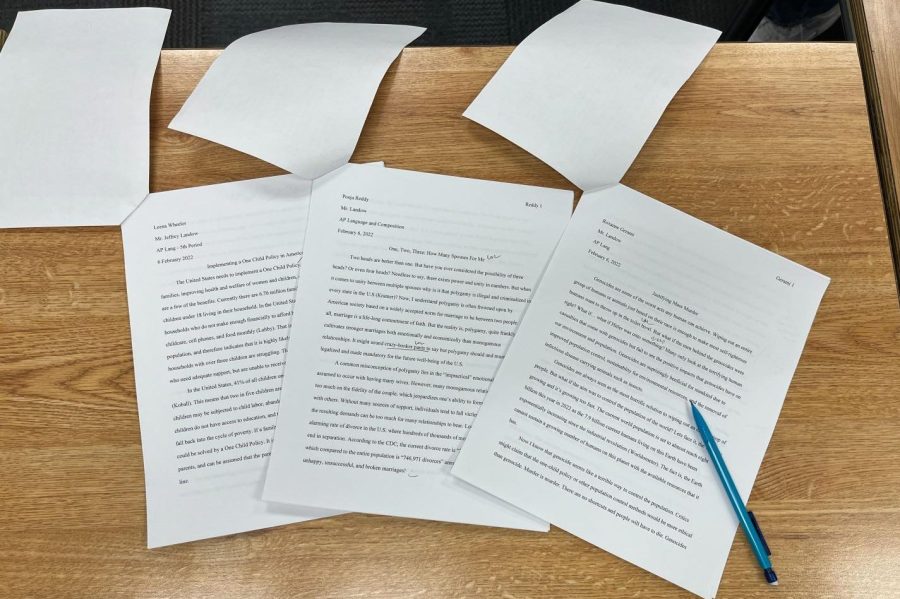



![Although being only one of the two oboe players in the school, freshman Elise Morton said she will continue playing the instrument throughout high school. “[Playing the oboe] makes me feel special because I know I'm playing a rare instrument and I love having a challenge because there’s something to improve on and get even better,” Morton said.](https://lancerfeed.press/wp-content/uploads/2024/05/Elise-Morton-Featured-Photo-300x200.jpg)
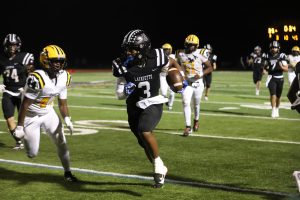
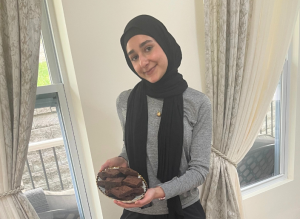
Jeff Landow • Mar 11, 2022 at 1:43 pm
What a great article about a brilliant assignment given by a brilliant teacher!